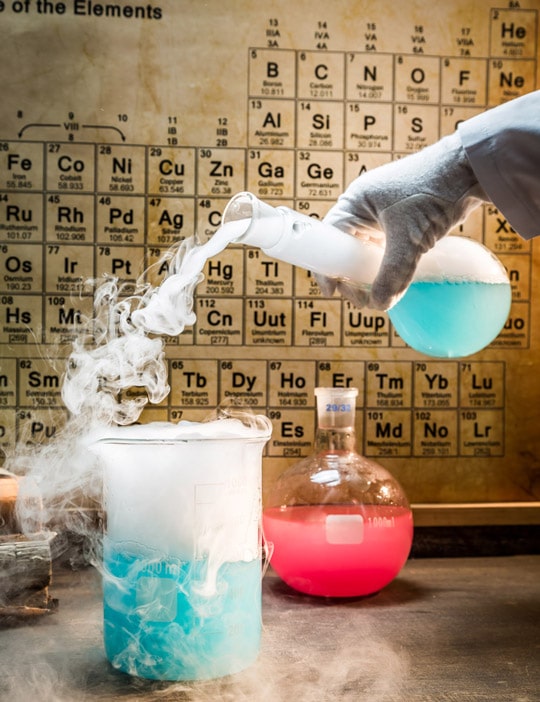Don't miss our holiday offer - up to 50% OFF!
🧪 Top 5 Safety Tips When Working With Research Chemicals
Introduction
Research chemical safety tips, Working with research chemicals demands more than scientific knowledge — it requires a strong commitment to safety, responsibility, and compliance. Whether you’re conducting chemical analysis, toxicology studies, or pharmaceutical research, protecting yourself, your team, and your environment is essential.
In this post, we’ll cover the top 5 safety tips every researcher should follow when handling lab-grade research chemicals.
✅ 1. Always Read the Safety Data Sheet (SDS) First
Before opening any container, read the Safety Data Sheet provided by the supplier. How to handle research chemicals safely.
The SDS outlines:
- Chemical properties and hazards
- Recommended PPE (personal protective equipment)
- Storage and disposal guidelines
- First-aid measures and handling procedures
👉 Tip: Keep digital or printed SDS copies available in your lab at all times.
🧤 2. Use Proper Personal Protective Equipment (PPE)
Always wear the right PPE based on the chemical’s risk profile. PPE for chemical handling
are:
- Gloves (nitrile or chemical-resistant)
- Lab coat or apron
- Goggles or face shield
- Respirator (if working with volatile substances)
👨🔬 PPE is your first line of defense — don’t cut corners with safety.
🧊 3. Store Research Chemicals Correctly
Improper storage can lead to dangerous reactions or chemical degradation. For lab-grade research chemical storage
Always:
- Use clearly labeled, sealed containers
- Store according to temperature, light, and humidity requirements
- Keep incompatible substances separate (e.g., acids and bases)
💡 Pro tip: Use dedicated chemical storage cabinets with proper ventilation and secondary containment.
♻️ 4. Dispose of Chemicals Responsibly
Never pour unused or expired chemicals down the drain or in general trash. For proper research chemical disposal guide Instead:
- Follow your institution’s hazardous waste disposal protocols
- Use approved chemical waste containers
- Label waste containers properly with contents and hazards
✅ Always err on the side of caution — legal and environmental safety matters.
🔒 5. Work in a Controlled, Compliant Environment
Ensure you’re conducting experiments in:
- A ventilated and well-equipped lab
- With access to emergency showers, eyewash stations, and spill kits
- Under strict lab protocols and supervision
- Only with chemicals sourced from licensed suppliers
⚠️ Remember: Research chemicals are not for human or veterinary use — misuse can lead to legal consequences or health risks.
🔬 Conclusion
Safety in the lab isn’t optional — it’s a requirement. By following these top 5 safety tips, you reduce risk, ensure legal compliance, and create a reliable environment for successful scientific research. Responsible handling of research chemicals protects both your work and your future.
📌 Need verified, lab-tested research chemicals with full safety documentation?
👉 Browse Our Catalog or Contact Us for details.


[…] Research Use Only” […]
[…] a safety perspective, laboratory handling of tryptamines requires controlled conditions, proper labeling, and compliance with all applicable […]